Key Points:
- weBoost updated it's Drive Reach RV kit with a new interior antenna and accessories
- The new kit is called the "Drive Reach RV II" and replaces the previous kit
- weBoost also made some updates to other mobile booster products.
Cellular booster company, weBoost, has updated some of its mobile booster kits. The biggest change is that the Drive Reach RV kit is now the "Drive Reach RV II" and comes with some changes. weBoost also added a new Reach Drive kit intended for fleet vehicles.
Table of Contents
Video Story
Drive Reach RV II
The first thing to note is that the new Drive Reach RV II kit uses the same Drive Reach amplifier as the other Drive Reach kits, including the previous Drive Reach RV. Although marketed as the Drive Reach RV II, the booster is the same as the original.
The new kit does come with some significant changes over the previous kit, however:
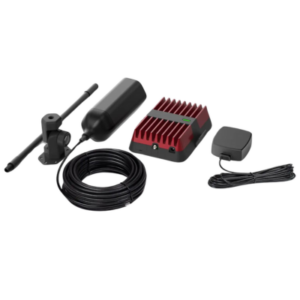
The outdoor antenna is the same Drive RV antenna as before, but instead of a short pigtail and an included 25ft RG-6 extension cable, the antenna in the new kit has a single 25ft antenna. This is an advantage because there are less connectors and also because the RG-6 included in the old kit was 70 ohm instead of the 50 ohm used by the rest of the system. While having a single long cable from the antenna might make installation a bit more challenging, the new design should be less prone to signal leaks from a loose connector - since that connector is now eliminated - and taking away the ohm mismatch may marginally improve performance.
The new kit also includes a new indoor antenna, the "Mini Panel." We don't have specs at press time, as there is not a spec sheet on the weBoost website yet, so we can't say how it compares to the "desktop" antenna used in the previous kit in terms of performance. The form factor, however, is significantly different, and the new antenna can be easily wall-mounted and appears to be directional.
Another change with the new Drive Reach RV II kits is all the accessories. The new kit has many more options, especially helpful for RV use:
- An articulated mount, the same mount included with the Overland kit, allows the outdoor antenna to be manually raised or lowered. This mount can be attached directly to an RV roof or ladder.
- A cable gland is now included that can be used on an RV roof or sidewall to provide a watertight connection for getting the cable inside the RV.
- DC-direct power cables are now included and don't need to be purchased separately for those who want to direct-wire the booster without using an AC adapter (an AC adapter also comes with the kit).
The kit includes the previous kit's spring, mast extension, and other basic accessories. Here's a comparison of what's included in the old vs new kits:
Overall, the new Drive Reach RV II kit is an improvement for RV users. It costs $549.99, a $30 increase over the previous kit, which cost $519.99.
Drive Reach Flex Fleet Kit
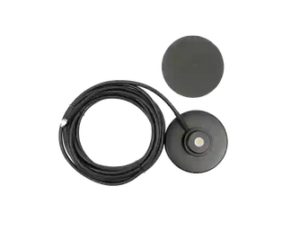
weBoost also added a new "Flex Fleet" kit. This is similar to the existing fleet kit, but includes an external magnetic NMO mount instead of the internal one in the standard Fleet kit. The new mount also includes a mounting plate for non-magnetic surfaces.
An NMO (New Motorola) antenna mount is a mounting system used for mobile antennas, especially in amateur radio, commercial radio, and public safety communications. For mobile internet, it's most commonly found in fleet vehicle applications.
The Fleet kits are designed for and best used on standard vehicles such as cars, trucks, and vans with thin metal roofs. The NMO mounting system is most appropriate for van-based RVs, but potential customers should look at the other kit options—including the RV II—to determine which is best for a particular RV installation.
The Fleet Flex kit costs $549.99. The standard Fleet kit remains at $524.99.
Concluding Thoughts
 It's nice to see weBoost update its RV kit to make the Drive Reach booster more applicable to RV use and installation. Based on our previous extensive testing, the Drive Reach is still one of our Top Picks for a mobile cellular booster.
It's nice to see weBoost update its RV kit to make the Drive Reach booster more applicable to RV use and installation. Based on our previous extensive testing, the Drive Reach is still one of our Top Picks for a mobile cellular booster.
However, despite such positive iterations, cellular boosters have increasingly become less relevant as signal-enhancing tools because of FCC regulatory limitations that limit which frequencies boosters can use and their inherent inability to take advantage of key technologies like MIMO.
Antennas are usually the better choice for gear with antenna ports, like routers and some hotspot devices. However, a booster is the only signal-enhancing option for cellular devices without antenna ports. Just be aware that utilizing a booster does come with tradeoffs, and it's important to test connection performance with and without a booster active to see what works best at a particular location.
For more information:
Related MIRC Content
- Guide: Mobile Cellular Boosters
- Gear Center: weBoost Drive Reach Kits
Related News Stories:
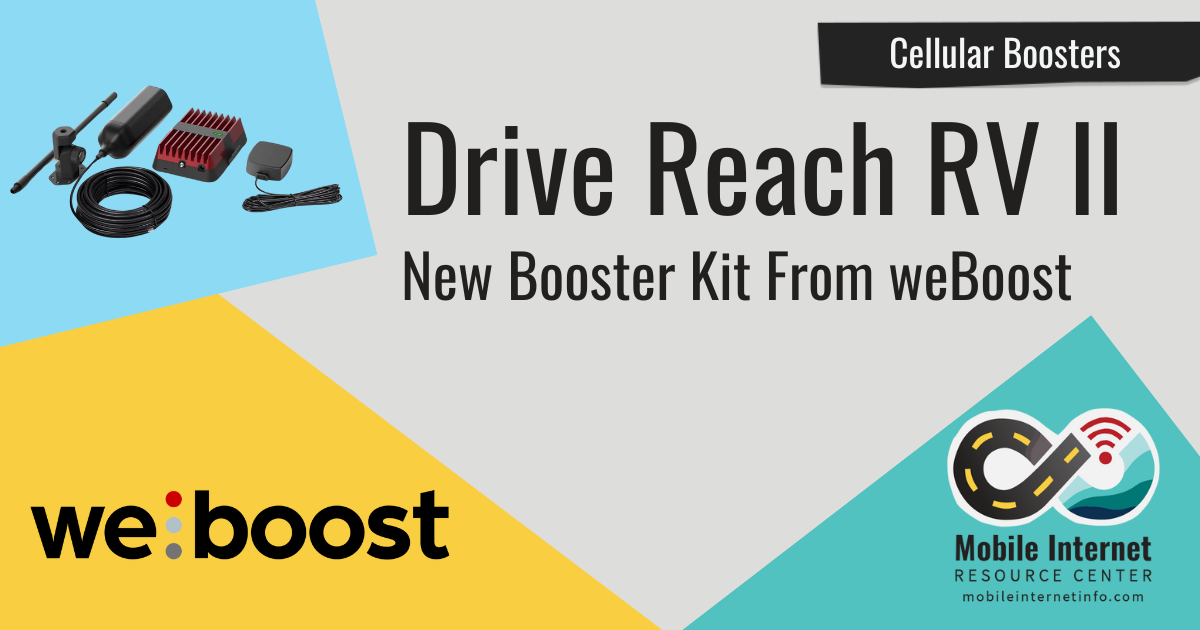
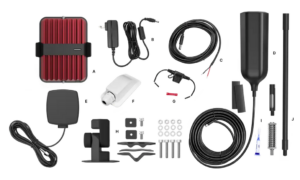
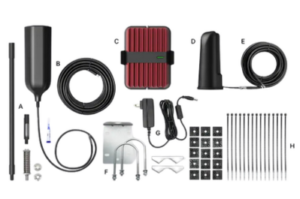







 Mobile Internet Resource Center (dba Two Steps Beyond LLC) is founded by Chris & Cherie of
Mobile Internet Resource Center (dba Two Steps Beyond LLC) is founded by Chris & Cherie of